When you talk about improving your health, your mind first comes up with exercise and workouts. What most people undermine is the importance of eating a healthy diet. “Superfood” is a term coined by health enthusiasts to talk about foods that are a powerhouse of nutrients. That being said, it is important to note that only one “superfood” cannot give you all the benefits. You need to incorporate a good number of them into your regular diet to stay healthy. Here are 10 such superfoods tha you can eat every day – as a regular Indian dish served warm from your casserole, or fresh as a salad, or delicious as a milkshake or juice.
1. Dark Leafy Greens
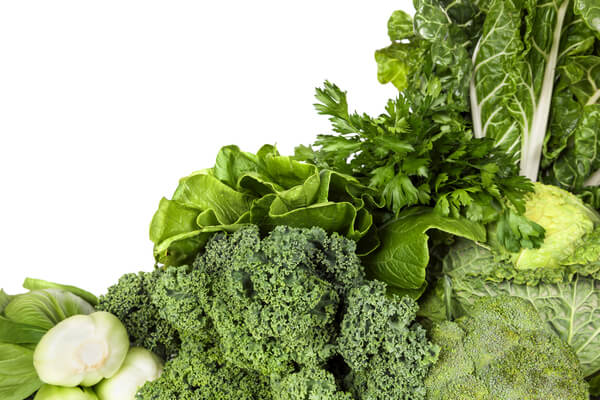
Dark green leafy vegetables (DGLVs) are an excellent source of nutrients including folate, zinc, calcium, iron, magnesium, vitamin C and fiber. Part of what makes DGLVs so super is their potential to reduce your risk of chronic illnesses including heart disease and type 2 diabetes. They also contain high levels of anti-inflammatory compounds known as carotenoids, which may protect against certain types of cancer. Some well-known DGLVs include Kale, Swiss chard, Collard greens, Turnip greens, Spinach etc. Some DGLVs have a bitter taste and not everyone enjoys them plain. You can get creative by including them in your favorite soups, salads, smoothies, stir-fries and curries. Serve them fresh from sets of insulated casserole
2. Berries

Berries are a nutritional powerhouse of vitamins, minerals, fiber and antioxidants. The strong antioxidant capacity of berries is associated with a reduced risk of heart disease, cancer and other inflammatory conditions. Berries may also be effective in treating various digestive and immune-related disorders when used alongside traditional medical therapies. Some of the most common berries include Raspberries, Strawberries, Blueberries, Blackberries, Cranberries. Whether you enjoy them as part of your breakfast, as a dessert, on a salad, or in a smoothie, the health benefits of berries are as versatile as their culinary applications. Pick an insulated water bottle, fill it up with a berry juice or milkshake, and you are all set for having one superfood in your juice!
3. Green Tea
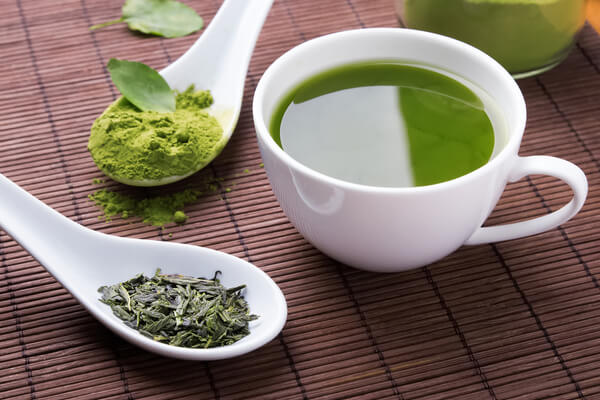
Originally from China, green tea is a lightly caffeinated beverage with a wide array of medicinal properties. Green tea is rich in antioxidants and polyphenolic compounds which have strong anti-inflammatory effects. One of the most prevalent antioxidants in green tea is the catechin epigallocatechin gallate or EGCG. EGCG is likely what gives green tea its apparent ability to protect against chronic diseases including heart disease, diabetes and cancer. Research also indicates that the combination of catechins and caffeine in green tea may make it an effective tool for weight loss in some people.
4. Eggs

Eggs have historically been a controversial topic in the nutrition world due to their high cholesterol content, but they remain one of the healthiest foods. Whole eggs are rich in many nutrients including B vitamins, choline, selenium, vitamin A, iron and phosphorus. They’re also loaded with high-quality protein. Eggs contain two potent antioxidants, zeaxanthin and lutein, which are known to protect vision and eye health. Eating eggs could increase “good” HDL cholesterol in some people, which may lead to a favorable reduction in heart disease risk. More research is needed to draw a definite conclusion.
5. Legumes
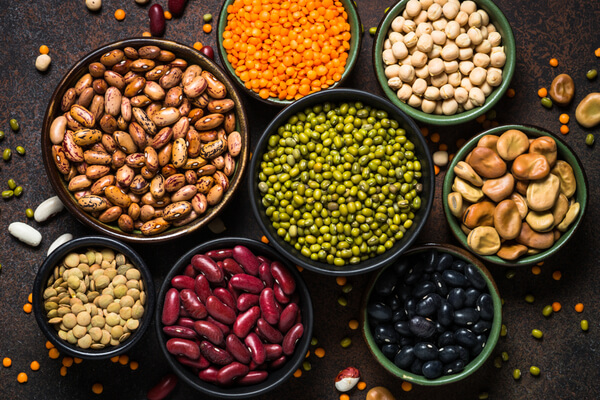
Legumes, or pulses, are a class of plant foods made up of beans (including soy), lentils, peas, peanuts and alfalfa. They earn the superfood label because they’re loaded with nutrients and play a role in preventing and managing various diseases. Legumes are a rich source of B vitamins, various minerals, protein and fiber. Research indicates that they offer many health benefits including improved type 2 diabetes management, as well as reduced blood pressure and cholesterol. Eating beans and legumes regularly may also promote healthy weight maintenance, due to their ability to improve feelings of fullness.
6. Nuts and Seeds
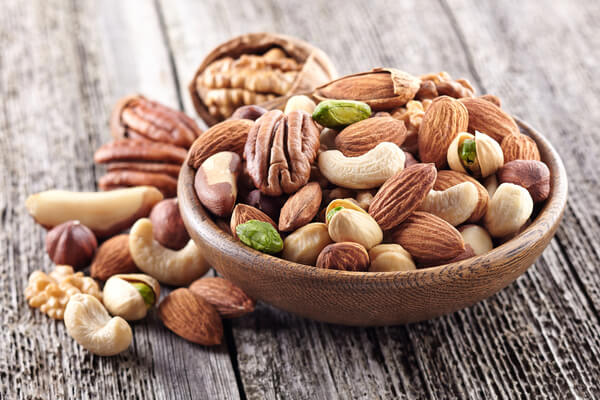
Nuts and seeds are rich in fiber, vegetarian protein, and heart-healthy fats. They also pack various plant compounds with anti-inflammatory and antioxidant properties, which can protect against oxidative stress. Research indicates that eating nuts and seeds can have a protective effect against heart disease. Common nuts and seeds include almonds, pecans, pistachios, walnuts, cashews, Brazil nuts, macadamia nuts. Peanuts are technically a legume but are often considered a nut. Sunflower seeds, pumpkin seeds, chia seeds, flaxseeds, hemp seeds. Interestingly, even though nuts and seeds are calorically dense, some types of nuts are linked to weight loss when included in a balanced diet.
7. Garlic
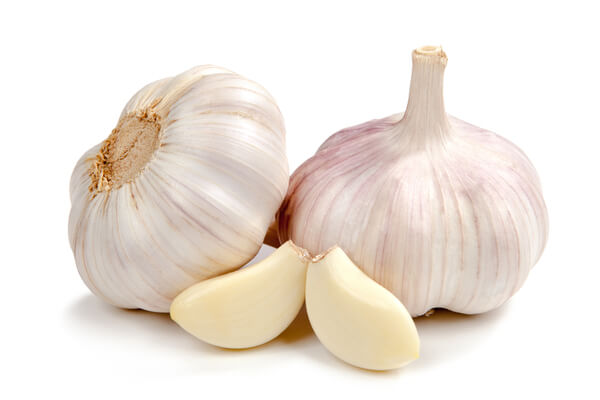
Garlic is a plant food that is closely related to onions, leeks and shallots. It’s a good source of manganese, vitamin C, vitamin B6, selenium and fiber. Garlic is a popular culinary ingredient due to its distinct flavor, but it has also been used for its medicinal benefits for centuries. Research indicates that garlic may be effective in reducing cholesterol and blood pressure, as well as supporting immune function. What’s more, sulfur-containing compounds in garlic may even play a role in preventing certain types of cancer.
8. Turmeric (Curcumin)
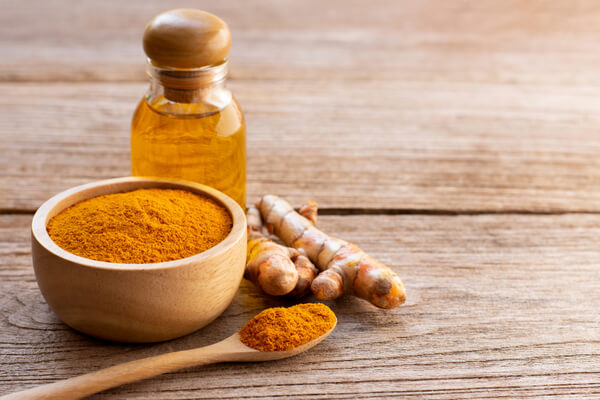
Turmeric is a bright yellow spice that is closely related to ginger. Originally from India, it’s used for cooking and its medicinal benefits. Curcumin is the active compound in turmeric. It has potent antioxidant and anti-inflammatory effects and is the focus of most research surrounding turmeric. Studies show that curcumin may be effective in treating and preventing chronic diseases such as cancer, heart disease and diabetes. It may also aid wound healing and pain reduction. One drawback of using curcumin medicinally is that it’s not easily absorbed by your body, but its absorption can be enhanced by pairing it with fats or other spices such as black pepper.
9. Salmon
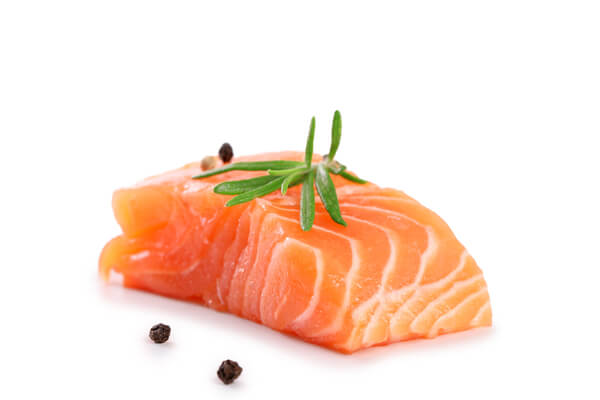
Salmon is a highly nutritious fish packed with healthy fats, protein, B vitamins, potassium and selenium. It’s one of the best sources of omega-3 fatty acids, which are known for a variety of health benefits, such as reducing inflammation. Including salmon in your diet may also lower your risk of heart disease and diabetes and help you maintain a healthy weight. A potential drawback of eating salmon and other types of seafood is their possible contamination with heavy metals and other environmental pollutants. You can avoid potential negative effects by limiting your consumption of fish to two to three servings per week.
10. Sweet Potato
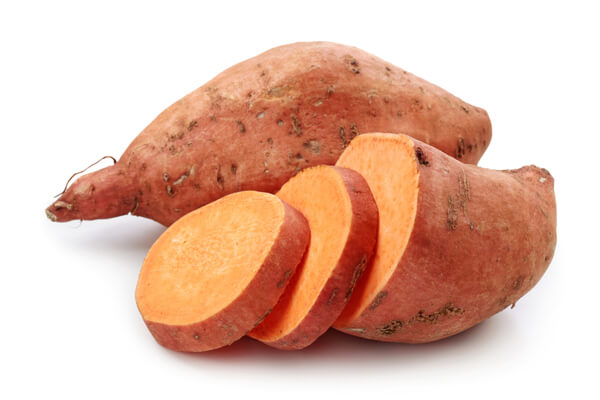
The sweet potato is a root vegetable loaded with many nutrients, including potassium, fiber and vitamins A and C. They’re also a good source of carotenoids, a type of antioxidant that may reduce your risk of certain types of cancer. Despite their sweet flavor, sweet potatoes don’t increase blood sugar as much as you might expect. Interestingly, they may actually improve blood sugar control in those with type 2 diabetes.
Conclusion
A secret to a healthy life is a healthy diet. These superfoods are an answer to all your health woes. Make sure you keep including them in your everyday meals and snacks. You can even search for some interesting recipes with these superfoods to enjoy them a little more.

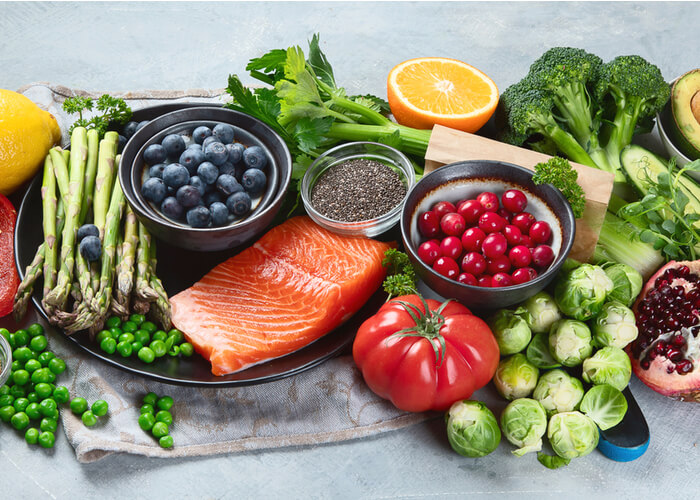






Recent Comments